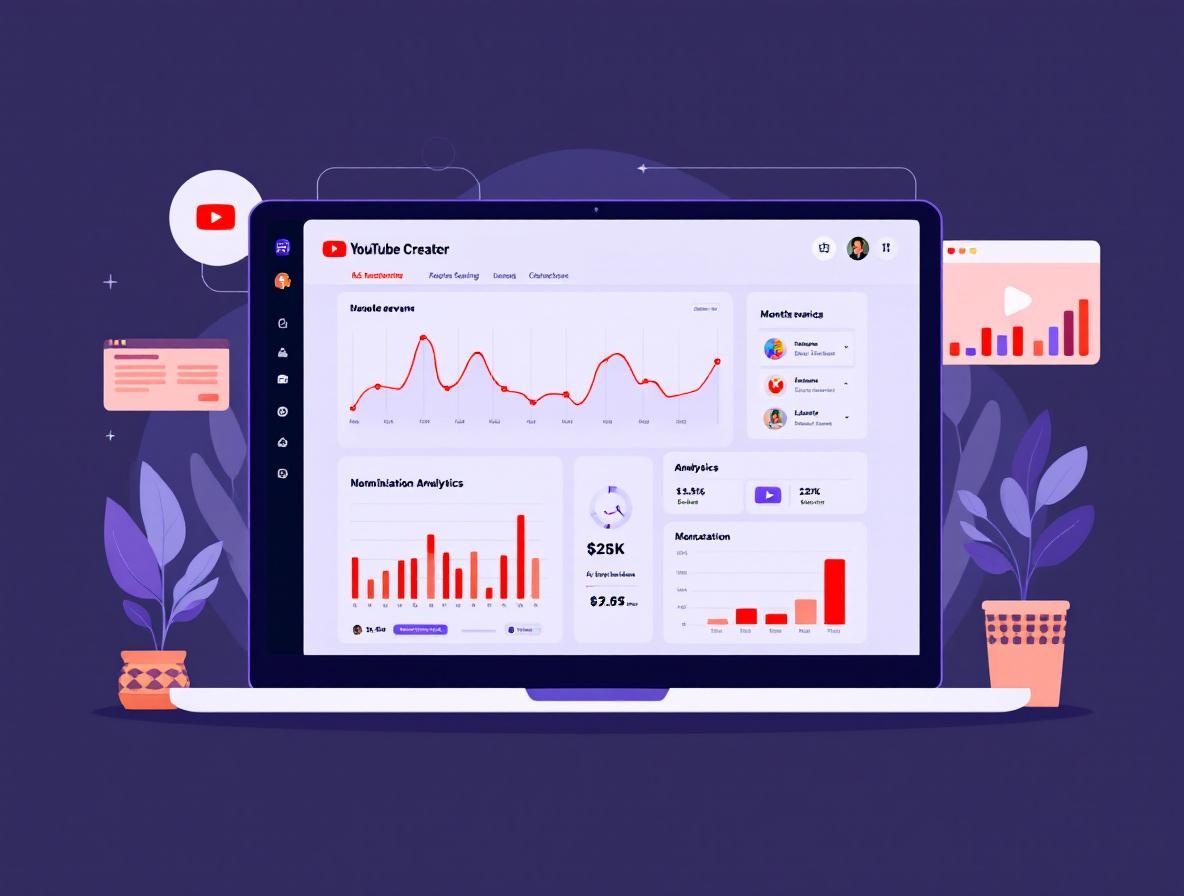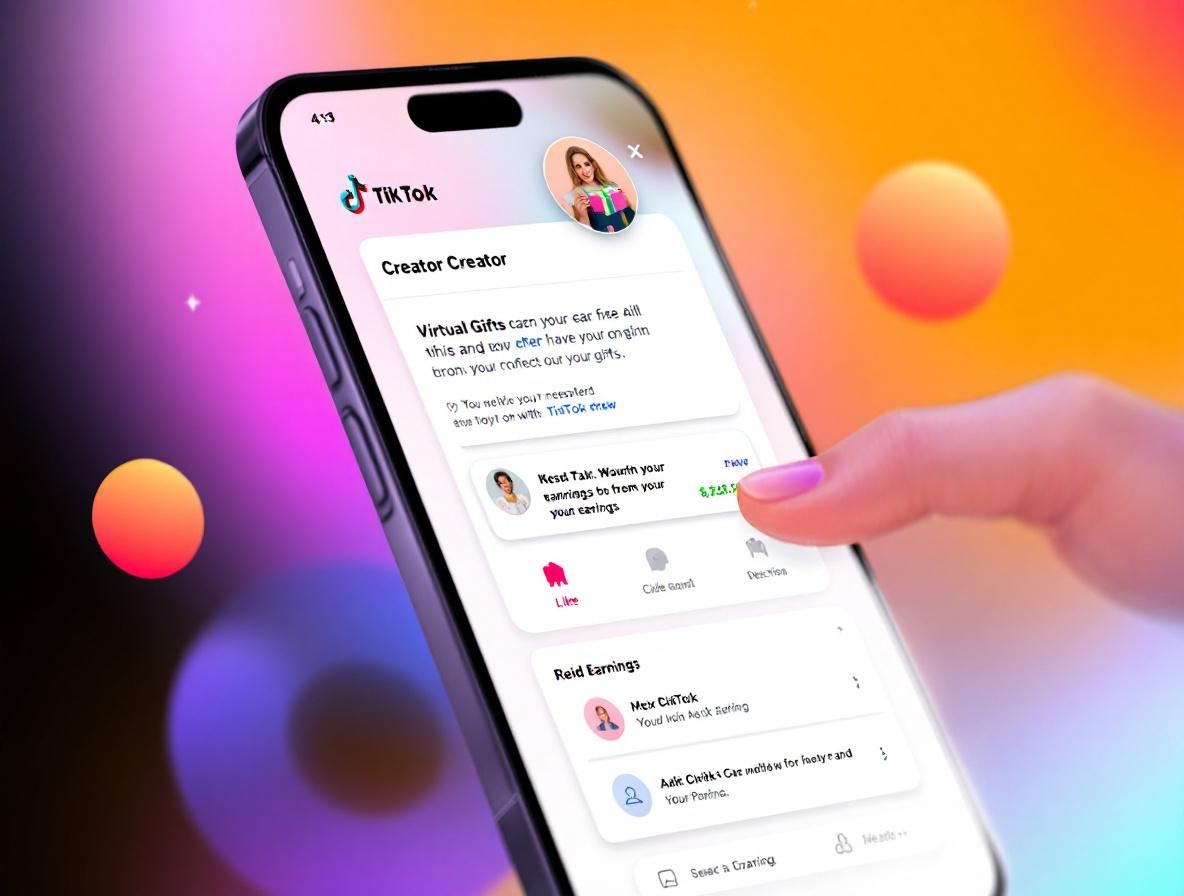which social media platform pays the most
Which Social Media Platform Pays the Most? A Comprehensive Guide for Creators
Published on October 9, 2025

Table of Contents
- Introduction
- How Social Media Platforms Pay Creators
- Key Factors Influencing Creator Earnings
- YouTube: The Pioneer of Creator Monetization
- Instagram: Visual Storytelling and Brand Deals
- TikTok: Short-Form Video and Creator Funds
- Facebook: Monetization for Communities and Video
- Twitch: Live Streaming and Subscriptions
- Other Platforms: Snapchat, Twitter, and More
- Comparing Payouts: Which Platform Pays the Most?
- Tips to Maximize Your Earnings on Any Platform
- Frequently Asked Questions
- Conclusion
Introduction
The digital landscape has transformed dramatically, giving rise to the creator economy—a thriving ecosystem where individuals can turn their passions and creativity into lucrative careers. With millions of people consuming content daily, social media platforms have become the new stage for entertainers, educators, influencers, and entrepreneurs alike.
But as the opportunities grow, so does the competition. One of the most pressing questions for aspiring and established creators is: Which social media platform pays the most? Choosing the right platform can make a significant difference in your earning potential, creative freedom, and long-term growth.
In this comprehensive guide, we’ll break down how the major platforms compensate creators, compare their earning potential, and offer actionable tips to help you maximize your income—no matter where you share your content.
How Social Media Platforms Pay Creators
Before diving into specific platforms, it’s important to understand the various ways creators can earn money online. Each platform offers a unique mix of monetization tools, but most fall into the following categories:
1. Ad Revenue
Platforms like YouTube and Facebook share a portion of their advertising revenue with creators. When ads are shown on your content, you earn a percentage based on views, clicks, or impressions.
2. Brand Partnerships & Sponsored Content
Brands pay creators to promote products or services. This can range from a single sponsored post to long-term ambassador deals. Instagram and TikTok are especially popular for influencer marketing.
3. Affiliate Marketing
Creators earn commissions by promoting products and including affiliate links in their content. When followers make purchases through these links, the creator receives a cut.
4. Fan Subscriptions & Direct Support
Platforms like Twitch, Facebook, and Patreon allow fans to support creators through monthly subscriptions, tips, or donations. This model fosters a closer relationship between creators and their communities.
5. Platform-Specific Funds & Bonuses
Some platforms, such as TikTok and Snapchat, offer creator funds or bonuses for producing high-performing content, especially in new or experimental formats.

Key Factors Influencing Creator Earnings
Not all creators earn the same—even on the same platform. Several factors determine how much you can make:
Audience Size
Larger audiences generally mean more earning potential, but quality often trumps quantity. A highly engaged, niche audience can be more valuable than a massive but passive following.
Engagement Rate
Likes, comments, shares, and watch time indicate how invested your audience is. Platforms and brands reward high engagement with better payouts and more opportunities.
Content Niche
Some niches, like finance or technology, command higher ad rates and attract premium brand deals. Others, like general lifestyle or entertainment, may have broader appeal but lower CPMs (cost per thousand views).
Geographic Location
Advertisers pay more to reach audiences in certain countries, especially the United States, Canada, and Western Europe. Your audience’s location can significantly impact your earnings.
Platform Algorithms
Algorithms determine how widely your content is distributed. Understanding and adapting to each platform’s algorithm can boost your reach—and your revenue.
Consistency and Quality
Regularly posting high-quality content builds trust with both your audience and the platform, leading to more monetization opportunities over time.
YouTube: The Pioneer of Creator Monetization
YouTube has long been the gold standard for creator monetization, offering a robust suite of tools and a massive global audience.
Monetization Options
- AdSense Revenue: YouTube shares ad revenue with creators through its Partner Program. To qualify, you need at least 1,000 subscribers and 4,000 watch hours in the past 12 months.
- Channel Memberships: Fans can pay a monthly fee for exclusive perks.
- Super Chat & Super Stickers: During live streams, viewers can pay to highlight their messages.
- Brand Deals & Sponsorships: Many creators supplement their income with sponsored videos and product placements.
Average CPM Rates
YouTube CPM (cost per thousand views) varies widely, typically ranging from $1 to $20 depending on niche, audience location, and seasonality. Finance and tech channels often see the highest rates.
What Influences YouTube Earnings?
- Watch Time: Longer videos with higher retention earn more ad revenue.
- Audience Demographics: Viewers from high-income countries boost CPM.
- Content Type: Family-friendly, advertiser-safe content is favored.
- Engagement: Likes, comments, and shares signal quality to the algorithm.
Instagram: Visual Storytelling and Brand Deals
Instagram is a powerhouse for visual content and influencer marketing, making it a top choice for creators in fashion, beauty, travel, and lifestyle.
Monetization Features
- Sponsored Posts: Brands pay creators to feature products in their feed or stories.
- Affiliate Links: Instagram’s shopping features allow creators to earn commissions.
- IGTV Ads: Eligible creators can share in ad revenue from longer-form videos.
- Instagram Shopping: Tag products in posts and stories for direct sales.
Influencer Marketing on Instagram
Instagram’s visual format and engaged user base make it ideal for brand partnerships. Micro-influencers (10,000–100,000 followers) can earn hundreds to thousands per post, while top creators command five- or six-figure deals.
Factors Affecting Instagram Earnings
- Follower Count: More followers generally mean higher rates, but engagement is crucial.
- Niche: Fashion, beauty, and fitness are especially lucrative.
- Story Views: Brands increasingly value ephemeral content like Stories and Reels.

TikTok: Short-Form Video and Creator Funds
TikTok’s explosive growth has made it a magnet for creators seeking viral fame and new monetization opportunities.
Monetization Tools
- TikTok Creator Fund: Pays creators based on video performance, engagement, and region.
- Brand Partnerships: Sponsored content and hashtag challenges are common.
- Live Gifts: Viewers can send virtual gifts during live streams, which can be converted to cash.
How TikTok’s Algorithm Impacts Earnings
TikTok’s “For You” page algorithm can catapult unknown creators to stardom overnight. Viral videos can rack up millions of views, but sustaining consistent earnings requires regular high-quality content.
Earning Potential
TikTok’s Creator Fund payouts are generally lower per view than YouTube’s ad revenue, but the platform’s viral nature can make up for it with massive reach and frequent brand deals.
Facebook: Monetization for Communities and Video
Facebook remains a major player, especially for creators building communities or sharing long-form video content.
Monetization Tools
- In-Stream Ads: Eligible creators can earn ad revenue from videos longer than 1 minute.
- Fan Subscriptions: Viewers can support creators with monthly payments.
- Stars: Fans purchase Stars to tip creators during live streams.
Requirements for Monetization
- Page Followers: Minimum of 10,000 followers.
- Video Views: At least 600,000 total minutes viewed in the last 60 days.
- Content Guidelines: Must comply with Facebook’s monetization policies.
Unique Opportunities
Facebook Groups and niche communities can be highly profitable, especially for creators who foster active engagement and offer exclusive content.
Twitch: Live Streaming and Subscriptions
Twitch is the go-to platform for live streaming, especially in gaming, music, and creative arts.
Revenue Streams
- Subscriptions: Viewers pay monthly to support their favorite streamers, often unlocking exclusive emotes and perks.
- Bits: A virtual currency viewers use to tip streamers during live broadcasts.
- Ad Revenue: Streamers earn a share of ad revenue during their streams.
- Sponsorships: Brands partner with popular streamers for product placements and promotions.
Community Building and Earnings
Twitch’s culture is built on real-time interaction. Loyal communities often translate to higher recurring income through subscriptions and donations.
Earning Potential
Top Twitch streamers can earn six or seven figures annually, but most creators start with modest earnings and grow as their audience and engagement increase.
Other Platforms: Snapchat, Twitter, and More
While the major platforms dominate, several others offer unique monetization opportunities:
Snapchat
- Spotlight: Snapchat pays creators for top-performing short videos, with some earning thousands per viral post.
- Super Follows: Allows creators to offer exclusive content to paying subscribers.
- Tips: Followers can send small payments directly to creators.
- Creator Rewards: Select creators can earn bonuses for high-performing Idea Pins.
- LinkedIn Creator Accelerator: Offers grants and support for creators in professional niches, though direct monetization is limited.
Limitations
These platforms often have stricter eligibility requirements or lower earning potential compared to YouTube, Instagram, or TikTok. However, they can be valuable for niche audiences or as supplementary income streams.
Comparing Payouts: Which Platform Pays the Most?
With so many options, how do the major platforms stack up in terms of actual earnings?
Average CPMs and Payouts
| Platform | Average CPM (USD) | Typical Monetization Methods | Best For |
|---|---|---|---|
| YouTube | $1–$20 | AdSense, memberships, Super Chat | Long-form video, education |
| N/A (per post) | Sponsored posts, affiliate, IGTV ads | Visual content, influencer | |
| TikTok | $0.02–$0.04 | Creator Fund, brand deals, gifts | Short-form, viral content |
| $1–$10 | In-stream ads, subscriptions, Stars | Communities, video creators | |
| Twitch | N/A (per sub) | Subs, Bits, ads, sponsorships | Live streaming, gaming |
| Snapchat | N/A (bonuses) | Spotlight payouts | Short-form, Gen Z creators |
| N/A (tips) | Super Follows, tips | Thought leaders, writers |
Who Pays the Most?
- YouTube generally offers the highest, most consistent payouts for long-form video creators, especially in high-CPM niches.
- Instagram can be extremely lucrative for influencers with strong brand partnerships, often outpacing ad-based platforms for top creators.
- Twitch rewards live streamers with recurring income, but success depends on community loyalty.
- TikTok offers viral potential and brand deals, but Creator Fund payouts are lower per view.
Ultimately, the best platform for you depends on your content style, audience, and monetization strategy.
Tips to Maximize Your Earnings on Any Platform
No matter which platform you choose, these strategies can help you boost your income and build a sustainable creator business:
1. Diversify Your Revenue Streams
Don’t rely on a single source of income. Combine ad revenue, brand deals, affiliate marketing, and fan support to create a stable financial foundation.
2. Grow and Engage Your Audience
Focus on building a loyal, engaged community. Respond to comments, host live sessions, and create content that resonates with your followers.
3. Leverage Analytics
Use platform analytics to understand what’s working. Double down on high-performing content and adjust your strategy based on audience insights.
4. Build a Personal Brand
Develop a unique voice and visual identity. Strong branding attracts both followers and sponsors.
5. Collaborate with Other Creators
Cross-promotions and collaborations can introduce you to new audiences and open up joint monetization opportunities.
6. Stay Consistent
Regular posting keeps you top-of-mind with your audience and signals reliability to both platforms and brands.
7. Explore Emerging Platforms
Early adopters often benefit from platform bonuses and less competition. Keep an eye on new social networks and features.
Frequently Asked Questions
Q: How do I qualify for monetization on YouTube or Facebook?
A: YouTube requires 1,000 subscribers and 4,000 watch hours in the past year. Facebook requires 10,000 followers and 600,000 minutes viewed in the last 60 days, among other criteria.
Q: Which platform is best for beginners?
A: TikTok and Instagram are often easier for new creators to gain traction quickly, thanks to their discovery algorithms and lower production barriers.
Q: How much can I realistically earn as a creator?
A: Earnings vary widely. Some creators make a few hundred dollars a month, while top creators earn millions annually. Your niche, audience, and monetization strategy are key.
Q: Do I need a large following to make money?
A: Not necessarily. Micro-influencers and niche creators can earn significant income through brand deals and fan support, even with smaller audiences.
Q: How do taxes work for creator income?
A: Creator earnings are typically considered self-employment income. Consult a tax professional for guidance in your country.
Conclusion
The creator economy offers unprecedented opportunities for individuals to turn their passions into profitable careers. While YouTube often leads in consistent payouts for long-form content, Instagram and TikTok provide lucrative opportunities for influencers and viral creators. Twitch rewards live interaction and community building, while platforms like Snapchat and Twitter offer unique, if more limited, monetization options.
Ultimately, the best platform for you depends on your content style, audience, and personal goals. By understanding how each platform pays, leveraging multiple revenue streams, and focusing on engagement and quality, you can maximize your earnings and build a sustainable career as a creator.
Choose wisely, experiment boldly, and remember: your creativity is your greatest asset.